Look inside a Google project so odd, it's literally called 'Project Loon'
Google is trying to solve a really hard problem: How do you bring internet access to millions of people in locations too remote to get cable or even a cell tower?
Answer: Connect them to the internet via giant balloons that drift across the sky.
They call the idea Project Loon. Google has been working on it for about four years and has been testing it in New Zealand, Australia, and Latin America, signing up telecoms in those countries to be partners.
So far, the tests have been going great, Project Loon lead Mike Cassidy says. He said Google has solved so many problems with internet balloons, he thinks they could become a $10 billion business one day.
When you see the balloons floating around, it's hard to see them as a real internet provider.
But Google just released a new video, narrated by Cassidy, that details just about everything about the balloons as a real solution.
Google's first test systems worked but the team quickly realized for this to become real thing, they were going to have to solve a lot of practical issues around making and maintaining internet balloons.
For one thing, Google was going to need to invent a manufacturing system. They were, at first, manually taping them together, taking three or four days to create each balloon.
And then, some of the early balloons developed leaks and wouldn't float for more than a few hours or days.
The manufacturing system fixed those issues. "Now our balloons last over 100 days," says Cassidy. "We're getting to the point where we can roll out thousands of balloons."
It includes an automated crane system that can launch dozens of balloons a day.
And it includes a mission control system that can track all of the balloons and steer them, making sure that when one drifts out of range, another balloon drifts into range so internet service remains intact.
Someone still has to go collect them when they land.
Seeing this project in action makes Project Loon seem less loony and more for real.
Here's the full video that explains how Google took this project from "what if" to production.
 I spent $2,000 for 7 nights in a 179-square-foot room on one of the world's largest cruise ships. Take a look inside my cabin.
I spent $2,000 for 7 nights in a 179-square-foot room on one of the world's largest cruise ships. Take a look inside my cabin. Saudi Arabia wants China to help fund its struggling $500 billion Neom megaproject. Investors may not be too excited.
Saudi Arabia wants China to help fund its struggling $500 billion Neom megaproject. Investors may not be too excited. Colon cancer rates are rising in young people. If you have two symptoms you should get a colonoscopy, a GI oncologist says.
Colon cancer rates are rising in young people. If you have two symptoms you should get a colonoscopy, a GI oncologist says.
 Groww receives SEBI approval to launch Nifty non-cyclical consumer index fund
Groww receives SEBI approval to launch Nifty non-cyclical consumer index fund
 Retired director of MNC loses ₹25 crore to cyber fraudsters who posed as cops, CBI officers
Retired director of MNC loses ₹25 crore to cyber fraudsters who posed as cops, CBI officers
 Hyundai plans to scale up production capacity, introduce more EVs in India
Hyundai plans to scale up production capacity, introduce more EVs in India
 FSSAI in process of collecting pan-India samples of Nestle's Cerelac baby cereals: CEO
FSSAI in process of collecting pan-India samples of Nestle's Cerelac baby cereals: CEO
 Narcissistic top management leads to poor employee retention, shows research
Narcissistic top management leads to poor employee retention, shows research



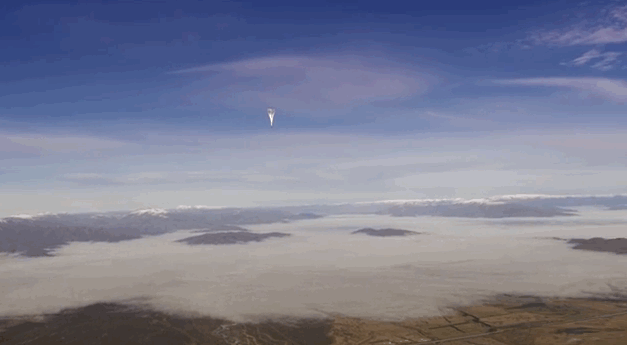
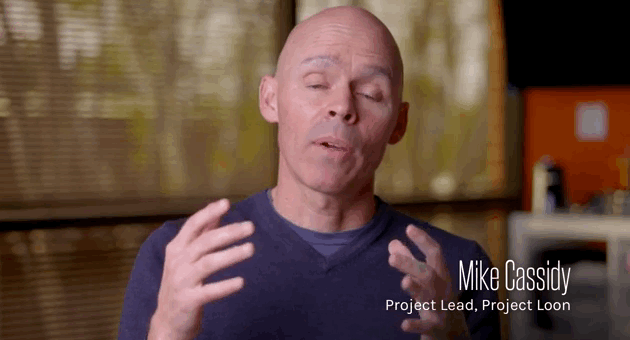
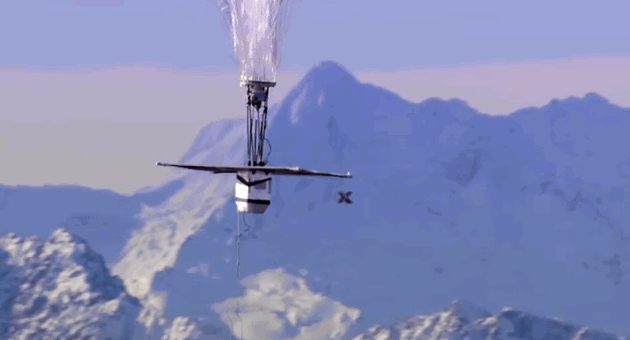
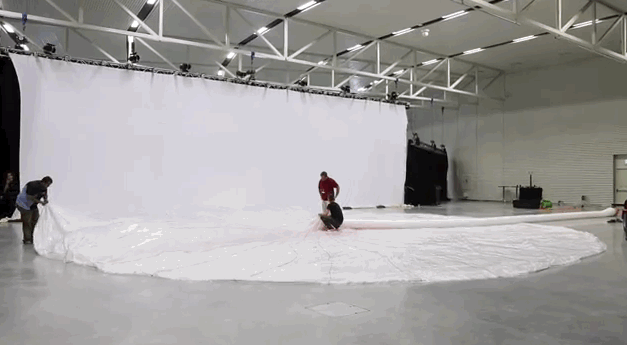
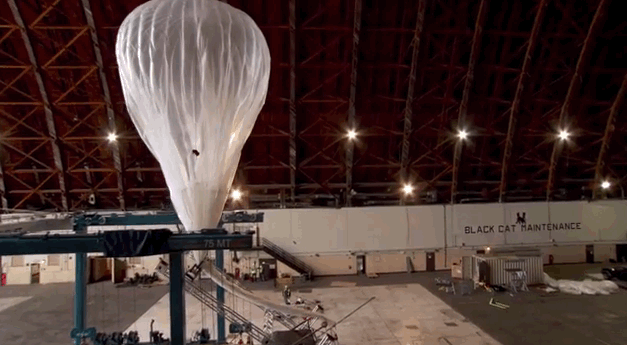
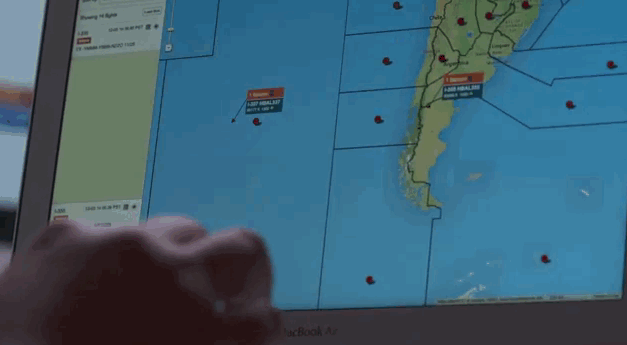
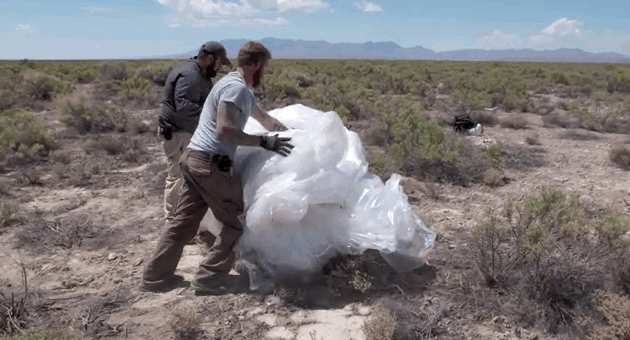
 Next Story
Next Story